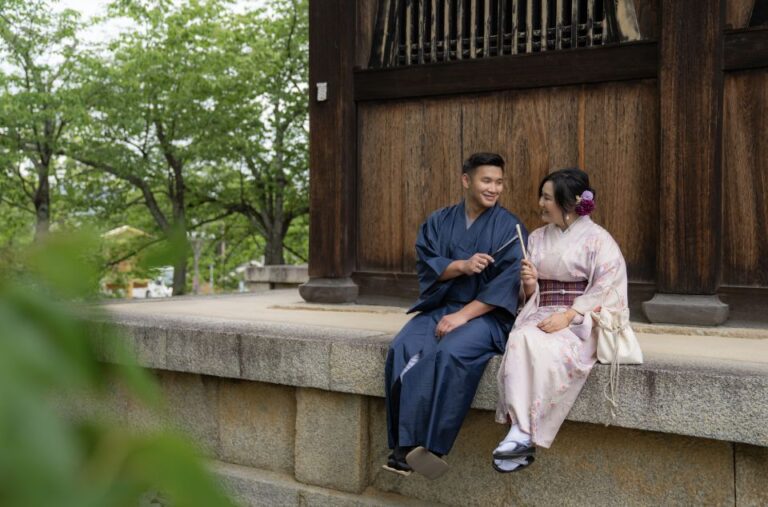Step back in time and savor the authentic flavors of a Traditional Japanese Sushi Culinary Experience. Imagine the delicate dance of flavors and textures that await as you immerse yourself in the world of sushi craftsmanship.
Explore the secrets behind the art of sushi-making, from the precise knife skills to the artful arrangement of each piece. Stay tuned to uncover the hidden gems of this culinary tradition that continues to captivate taste buds worldwide.
Key Takeaways
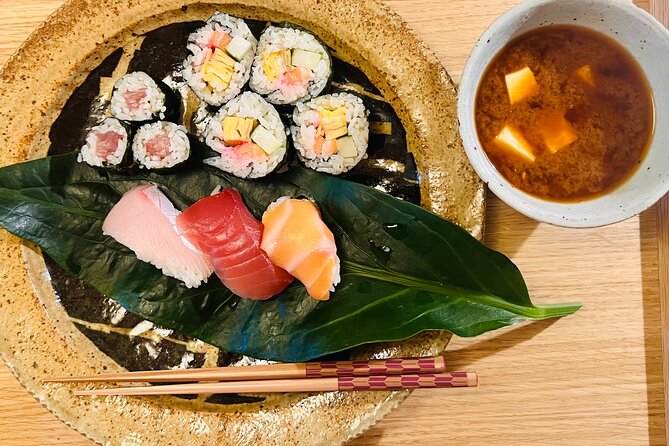
- Sushi embodies precision, balance, and respect for ingredients.
- Sushi chefs undergo rigorous training for mastering the art.
- Sushi culture emphasizes respect, traditional customs, and etiquette.
- Interactive sushi making fosters cultural exchange and appreciation for Japanese culinary heritage.
Origins of Japanese Sushi
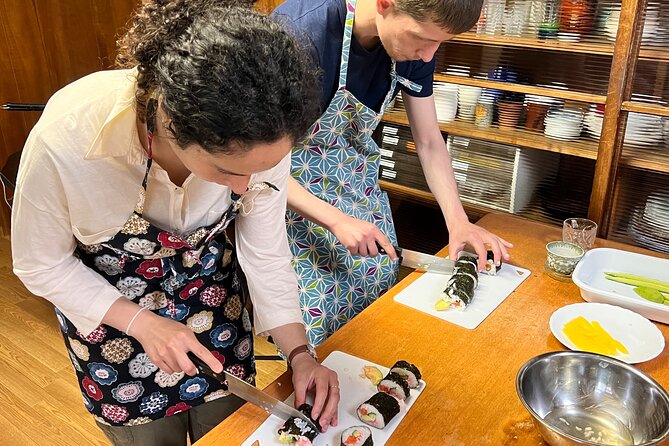
Japanese sushi, originating from ancient Japan, has a rich history intertwined with the country’s culinary traditions and cultural practices. Sushi history reveals that it started as a method of preserving fish in fermented rice. Over time, sushi evolved into the delicious dish we know today, with various innovations like using vinegared rice and fresh seafood.
Its cultural significance goes beyond just being a meal; it represents precision, balance, and respect for ingredients. Sushi chefs train rigorously for years to master the art of creating these bite-sized delights. The presentation of sushi also plays a vital role, reflecting the aesthetic values of simplicity and elegance in Japanese culture.
This harmonious blend of history, innovation, and cultural importance makes Japanese sushi a beloved culinary treasure worldwide.
Types of Traditional Sushi
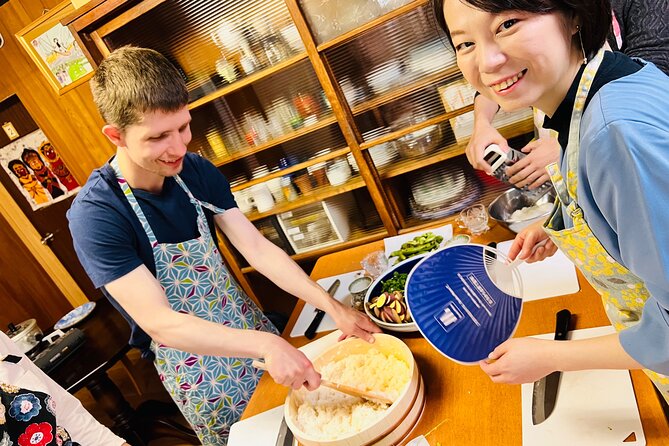
Originating from ancient Japan, the evolution of sushi has led to the creation of various traditional types that showcase the artistry and flavors of this beloved culinary delicacy.
When it comes to sushi presentation, different types offer unique visual and textural experiences. For instance, nigiri sushi consists of hand-pressed rice topped with fresh fish or seafood, while maki sushi features rice and ingredients rolled inside seaweed. Sashimi, although not technically sushi as it lacks rice, is another popular type where thinly sliced raw fish or seafood takes center stage.
When considering sushi pairing, traditional options include soy sauce, wasabi, and pickled ginger, enhancing the flavors of each bite. Each type of traditional sushi brings its own charm to the table, making the dining experience delightful and diverse.
Sushi Ingredients and Preparation
When preparing sushi, skilled chefs carefully select and combine high-quality ingredients to create flavorful and visually appealing dishes. Sushi making is an art that requires precision and attention to detail. From the vinegared rice to the fresh seafood and vegetables, every component plays a crucial role in achieving the perfect balance of flavors and textures.
Sushi craftsmanship involves techniques like slicing fish, shaping rice, and assembling ingredients with finesse. The preparation process is meticulous, ensuring that each piece of sushi isn’t only delicious but also a feast for the eyes. By honoring traditions and embracing creativity, chefs elevate sushi from a simple dish to a culinary masterpiece that delights the senses.
Sushi Etiquette and Customs
Skilled chefs not only meticulously prepare sushi with precision and attention to detail but also adhere to specific etiquette and customs when serving this culinary delight. In Japanese dining, sushi culture places great importance on respect and appreciation for the food being served.
When enjoying sushi, it’s customary to eat it with your hands rather than chopsticks to fully experience the texture and flavors. Additionally, dipping the rice, rather than the fish, into soy sauce is preferred to avoid overpowering the delicate taste of the fish. It’s polite to finish the sushi piece in one bite to show gratitude to the chef for their craftsmanship.
Understanding and following these sushi etiquettes can enhance the overall dining experience and show respect for this traditional Japanese cuisine.
Sushi Culinary Experience

To fully immerse oneself in the art of sushi, participants can engage in a hands-on culinary experience led by expert chefs. Sushi making becomes more than just a meal; it transforms into an interactive cultural exchange.
As individuals try their hand at crafting these delicate dishes, they gain a deeper appreciation for the precision and skill required in traditional Japanese cuisine. Expert chefs guide participants through each step, from preparing the perfect sushi rice to mastering the art of slicing fresh fish.
This experience not only offers a chance to savor the flavors of Japan but also provides insight into the rich culinary heritage of sushi. It’s a unique opportunity to learn, taste, and connect through the shared love of food.
Tips for Enjoying Sushi
Immerse yourself in the world of sushi by exploring helpful tips for truly enjoying this iconic Japanese cuisine.
When it comes to sushi, the pairing of flavors is essential. Experiment with different combinations to find what suits your taste buds best. Whether it’s a classic salmon nigiri or a creative fusion roll, consider how the flavors complement each other.
Additionally, pay attention to sushi presentation. Appreciating the artistry behind each dish can enhance your dining experience. Take in the colors, shapes, and arrangement of the sushi on your plate. Remember, enjoying sushi isn’t just about the taste but also about the visual appeal.
Frequently Asked Questions
Are There Any Specific Health Precautions to Consider Before Trying Traditional Japanese Sushi?
Before trying traditional Japanese sushi, it’s important to consider specific health precautions. While sushi offers potential health benefits, individuals with allergies or compromised immune systems should exercise caution. Understanding cultural significance can enhance the experience.
How Can I Find Authentic Traditional Japanese Sushi Restaurants Outside of Japan?
To find authentic traditional Japanese sushi restaurants outside of Japan, ask locals or use online resources like review websites. Look for places with fresh ingredients, skilled chefs, and a focus on sushi etiquette to ensure a genuine dining experience.
Can I Request Any Specific Dietary Restrictions or Preferences When Participating in a Sushi Culinary Experience?
When participating in a culinary experience, travelers can typically request specific dietary restrictions or preferences. This may include allergen restrictions, vegan sushi options, or gluten-free choices. It’s advisable to communicate these needs in advance for a more enjoyable experience.
What Are Some Common Misconceptions About Traditional Japanese Sushi That People May Have?
People often misconceive sushi etiquette, believing it’s rude to mix wasabi with soy sauce or use chopsticks for sashimi. Misconceptions about sushi preparation include thinking all sushi contains raw fish and that sushi must always be eaten with wasabi and soy sauce.
Is There a Recommended Dress Code or Attire for a Traditional Japanese Sushi Culinary Experience?
For a traditional Japanese sushi culinary experience, there is no strict dress code. Comfortable attire is recommended. Respecting cultural etiquette by being polite, open-minded, and willing to try new flavors is key to enjoying the sushi preparation process.
Conclusion
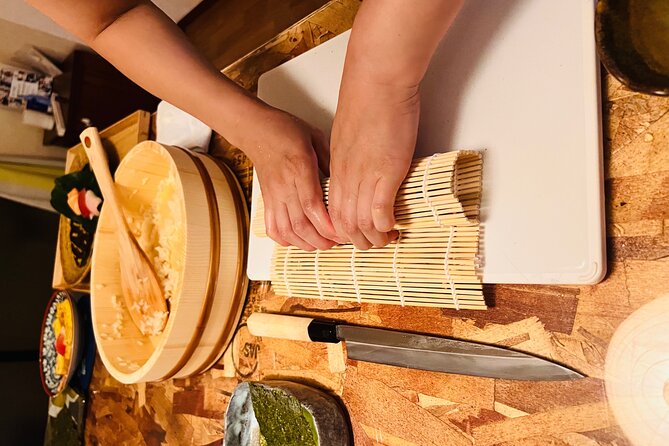
In conclusion, the Traditional Japanese Sushi Culinary Experience offers a fascinating journey into the world of sushi, showcasing the rich history, meticulous preparation, and cultural significance of this beloved dish.
From the origins of sushi to the etiquette and customs involved in enjoying it, there’s much to learn and appreciate.
So next time you sit down to enjoy a plate of sushi, remember the artistry and tradition that goes into each bite. Happy eating!



![Custom Tour in KOBE With Private Car & Driver [Max 4 Pax]](https://tokyo-area.net/wp-content/uploads/1_custom-tour-in-kobe-with-private-car-driver-max-4-pax.jpg)


